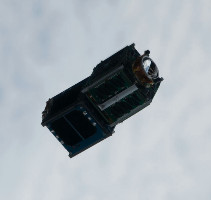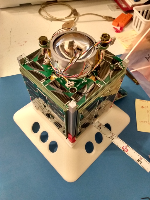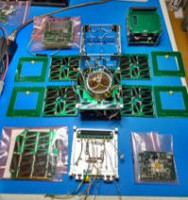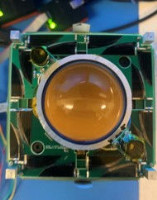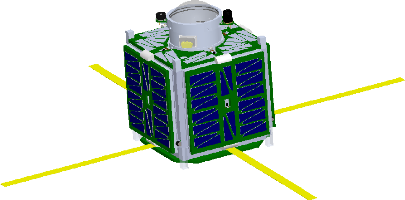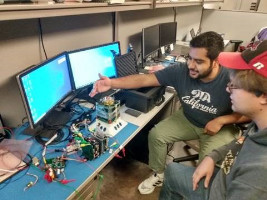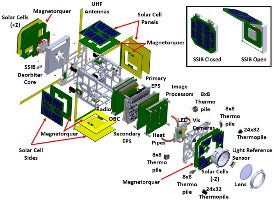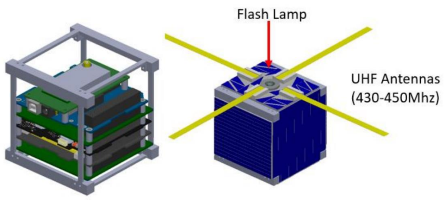| Spacecraft name | ARKSAT-1 (ARKSAT 1) |
|---|---|
| Spacecraft type | CubeSat |
| Units or mass | 1U |
| Status | Reentry 2023-10-30. Was semi-operational until 2023-04-24, 1 day? (Some SatNOGS packets during the first day as per SmallSat 2023 presentation) |
| Launched | 2023-03-14 |
| NORAD ID | 56311 |
| Deployer | NRCSD (NanoRacks CubeSat Deployer) [Quad-M] |
| Launcher | Falcon 9 (CRS-27) (ELaNa 50) |
| Deployment | Deployed from ISS on 2023-04-23 |
| Entity name | University of Arkansas |
| Institution | University |
| Entity | Academic / Education |
| Country | US |
| Oneliner |
Xenon flash bulb as the calibrated source for ground tracking and demonstrate deorbiting. |
| Description |
Take LEO-to-Earth atmospheric composition measurements using an on-board xenon flash bulb as the calibrated source for ground tracking and demonstrate CubeSat deorbiting using a solid-state inflation balloon (SSIB). The SSIB is comprised of a solid state gas generator (SSGG), space compatible balloon film structure, and spacecraft integration subsystem. The SSGG is a 2D array of sodium azide crystals, which, when heated, produce N2 gas which will inflate the balloon. The heater system uses about 1W of power for less than 10 seconds, and the gas is generated within milliseconds. The inflated balloon will then greatly increase the aerodynamic drag on the satellite, reducing the amount of time a given satellite will be orbital debris after its mission has ended. Mission phases:
It will illuminate an LED from orbit and use a ground spectrometer to track and perform atmospheric measurements. “It might be the first time this instrument technology is purposefully designed to be done with a CubeSat,” said Adam Huang, principal investigator. “It could be developed into future satellite-based systems using cooperative formations of CubeSats.” |
| Sources | [1] [2] [3] [4] [5] [6] [7] |
| Photo sources | [1] [2] [3] [4] |
| COTS subsystems |
|
| Subsystems sources | [1] |
| Keywords | De-orbit device |
| On the same launch |
Last modified: 2023-12-02
